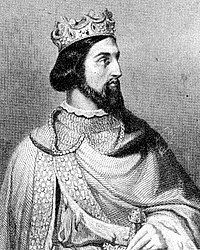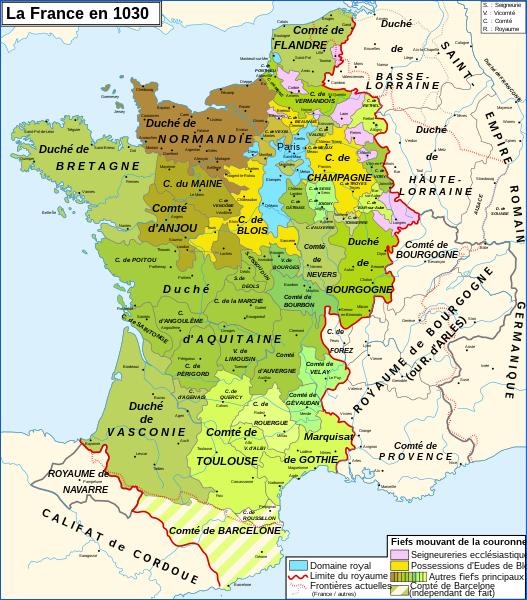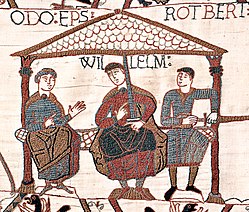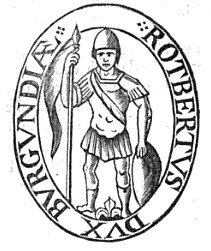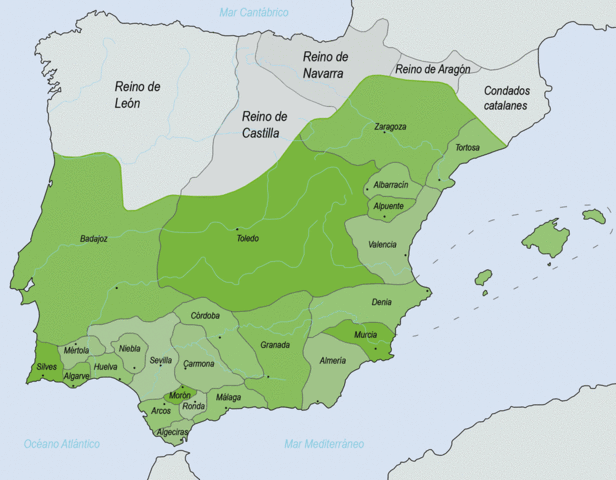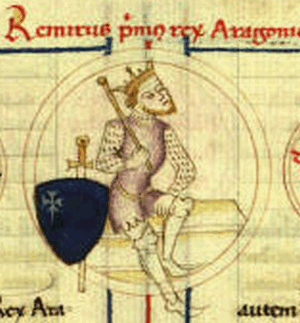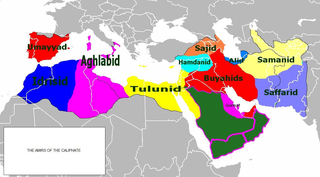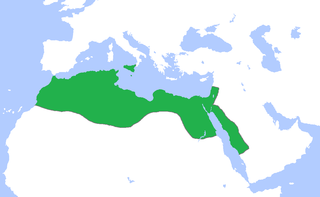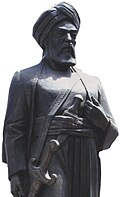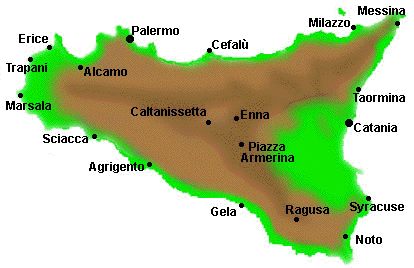Chapter nineteen. The North.
Sweden.
In general, like OTL: Olof Skötkonung died in 1022, after his death Emund coal-burner ruled. He didn't support Sviatopolk, but he supported the sister Ingegerd, and, in 1045, her son Harald Olafson.
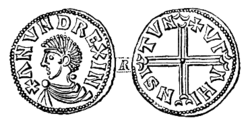
Norway, Denmark, England.
Before 1045 - like OTL. Canute ruled all three countries, died in 1035.
Then in Norway Magnus Olafson became the king, he made peace with the king of Denmark.
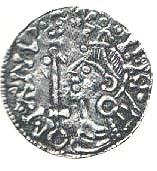
In England Harold Cnutson ruled short time, died in 1040. From 1040 Harthacnut ruled both countries (England and Denmark).
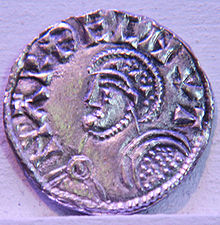
He died in 1042.
In England Edward the Confessor was elected as the king.
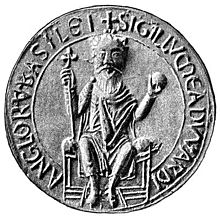
In Denmark Magnus Olafson of Norway became the king (of Norway and Denmark), but he fought hard against Sweyn II Estridsson Ulfsson for Denmark.
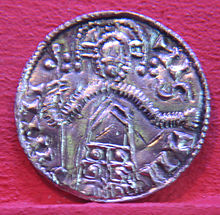
When Harald Hardrada and Harald Olafson came to Norway and divide kingdom on three parts, Sweyn stopped the war. Firstly, he had not enough forces, [1] secondly - Anund, the king of Sweden, supported his nephew. Anund was the brother of Ingegerd by both father and mother, and he was the brother of Astrid (mother of Magnus Olafson) only by father. Moreover, the mother of Astrid was not the queen, and the mother of Anund and Ingegerd was.
Harald, Harald and Magnus swore to conquer England - to have three kingdoms for three kings, and begun to prepare for the war.[2]
Other
In Scotland Macbeth ruled, from 1040.
On Orkney islands Thorfinn Sigurdsson fought against Rognvald Brusason. Magus of Norway supported Rognvald, who are exiled in 1045. Thorfinn was earl in 1045. Rognvald wanted come back in 1046.
Imar mac Arailt was the king of Dublin, but exiled Echmarcach mac Ragnaill was ready to return.
In Wales Gruffydd ap Rhydderch fought against Gruffydd ap Llywelyn. In 1045 ap Rhydderch controlled southern part included Gwent, Morgannwg, and part of Deheubarth (he became the king of Deheubarth in 1045). Ap Llywelyn controlled northern part included Gwynedd, Powys, and another part of Deheubarth. He was the ally of Sweyn Godwinson, and Sweyn promised the help in 1046.
[1] - in OTL he made alliance with Harald Hardrada, but in TTL Harald made the peace with Magnus without the war.
[2] - in OTL Magnus wanted to attack England, but Sweyn fought with him. In TTL Harald Olafson stayed at Denmark to protect the country, and Magnus with Harald Hardrada prepared to invade.
Sweden.
In general, like OTL: Olof Skötkonung died in 1022, after his death Emund coal-burner ruled. He didn't support Sviatopolk, but he supported the sister Ingegerd, and, in 1045, her son Harald Olafson.

Norway, Denmark, England.
Before 1045 - like OTL. Canute ruled all three countries, died in 1035.
Then in Norway Magnus Olafson became the king, he made peace with the king of Denmark.

In England Harold Cnutson ruled short time, died in 1040. From 1040 Harthacnut ruled both countries (England and Denmark).

He died in 1042.
In England Edward the Confessor was elected as the king.

In Denmark Magnus Olafson of Norway became the king (of Norway and Denmark), but he fought hard against Sweyn II Estridsson Ulfsson for Denmark.

When Harald Hardrada and Harald Olafson came to Norway and divide kingdom on three parts, Sweyn stopped the war. Firstly, he had not enough forces, [1] secondly - Anund, the king of Sweden, supported his nephew. Anund was the brother of Ingegerd by both father and mother, and he was the brother of Astrid (mother of Magnus Olafson) only by father. Moreover, the mother of Astrid was not the queen, and the mother of Anund and Ingegerd was.
Harald, Harald and Magnus swore to conquer England - to have three kingdoms for three kings, and begun to prepare for the war.[2]
Other
In Scotland Macbeth ruled, from 1040.
On Orkney islands Thorfinn Sigurdsson fought against Rognvald Brusason. Magus of Norway supported Rognvald, who are exiled in 1045. Thorfinn was earl in 1045. Rognvald wanted come back in 1046.
Imar mac Arailt was the king of Dublin, but exiled Echmarcach mac Ragnaill was ready to return.
In Wales Gruffydd ap Rhydderch fought against Gruffydd ap Llywelyn. In 1045 ap Rhydderch controlled southern part included Gwent, Morgannwg, and part of Deheubarth (he became the king of Deheubarth in 1045). Ap Llywelyn controlled northern part included Gwynedd, Powys, and another part of Deheubarth. He was the ally of Sweyn Godwinson, and Sweyn promised the help in 1046.
[1] - in OTL he made alliance with Harald Hardrada, but in TTL Harald made the peace with Magnus without the war.
[2] - in OTL Magnus wanted to attack England, but Sweyn fought with him. In TTL Harald Olafson stayed at Denmark to protect the country, and Magnus with Harald Hardrada prepared to invade.
Last edited:
